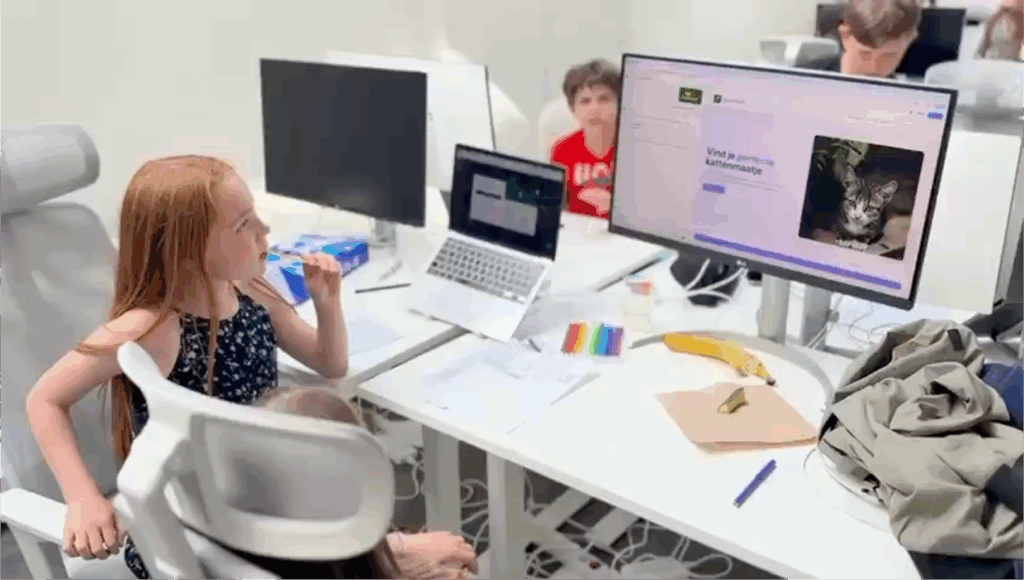Andrej Karpathy’s “Software 3.0” Vision: The Definitive Blueprint for AI-Native Application Modernisation
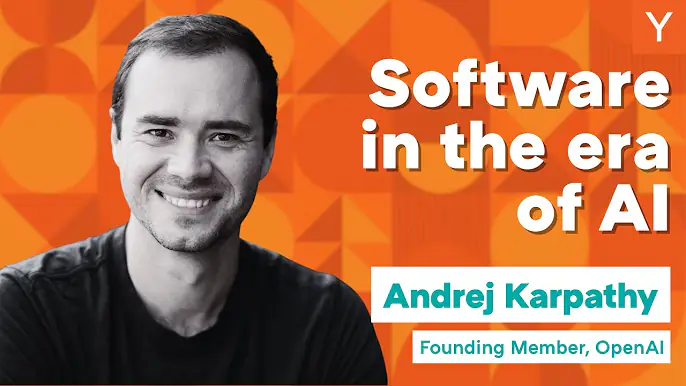
In a deeply insightful presentation at the recent YC AI Startup School, AI thought leader Andrej Karpathy articulated a vision for “Software in the era of AI.” His talk did more than just chart the technological frontier; it provided a powerful theoretical framework and a clear, actionable blueprint for what we at the AI Native Foundation (AINF) call AI-Native Application Modernisation.
Karpathy argues that we are witnessing the most profound shift in software development since the 1940s. We are evolving beyond Software 1.0 (explicit code written by humans) and Software 2.0 (neural network weights optimized from data) into a revolutionary new era: Software 3.0.
This evolution toward Software 3.0 embodies what we call the AI-Native revolution. Here, we break down Karpathy’s core arguments and illustrate why they represent an irreversible trend that every expert, developer, and organization must understand to thrive.
1. The Three Eras of Software: The “Why” of Modernisation
Karpathy frames the evolution of software in three distinct stages, providing historical context for why AI-Native Application Modernisation is not just an option, but a necessity:
- Software 1.0 (Code): Traditional software, where engineers write explicit instructions. This represents most of today’s legacy systems. This evolution isn’t theoretical—Karpathy witnessed this firsthand at Tesla, where neural networks progressively “ate through” traditional C++ code in the Autopilot system, handling increasingly complex tasks that were originally programmed explicitly.
- Software 2.0 (Weights): Early AI applications, where neural networks are optimized from data.
- Software 3.0 (Prompts): The AI-Native era, where LLMs function as a new kind of programmable entity, and the programming language is natural language itself.
As Karpathy famously tweeted, “The hottest new programming language is English.” For organizations, this means the very nature of building and maintaining software is changing.
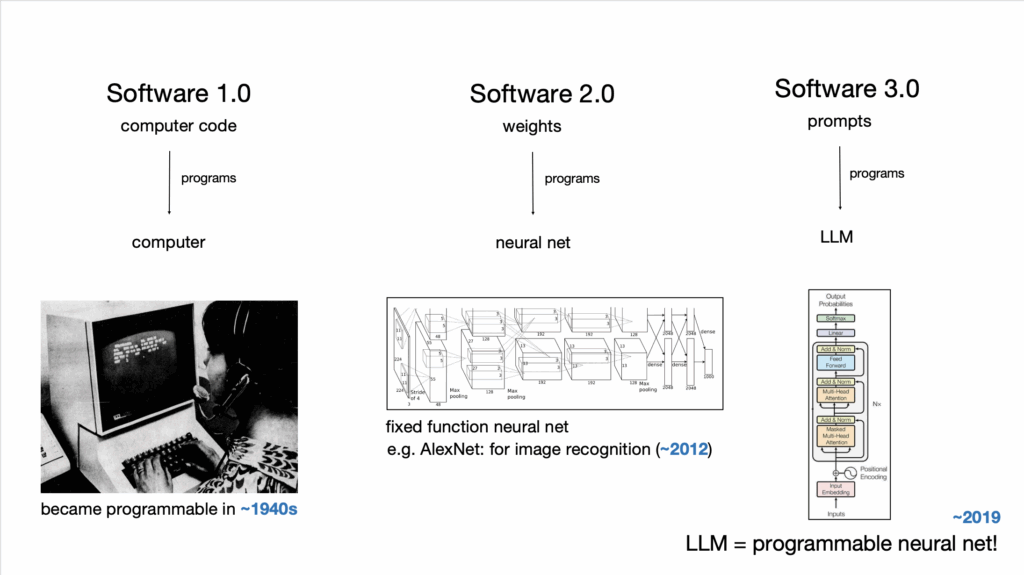
2. The LLM as a New Operating System
This is Karpathy’s most profound strategic analogy. An LLM is not merely a tool or an API; it is an emerging Operating System (OS). This new OS has its own “CPU” (reasoning capabilities), “RAM” (the context window), and even its own “file system” (knowledge accessed via RAG).
Viewing the LLM as an OS reframes the core challenge of application modernisation. The critical question becomes: “How does your application run natively on this new LLM OS?” This requires a deep rethinking of architecture, UI, and workflows, far beyond simply adding a chatbot to a legacy app.
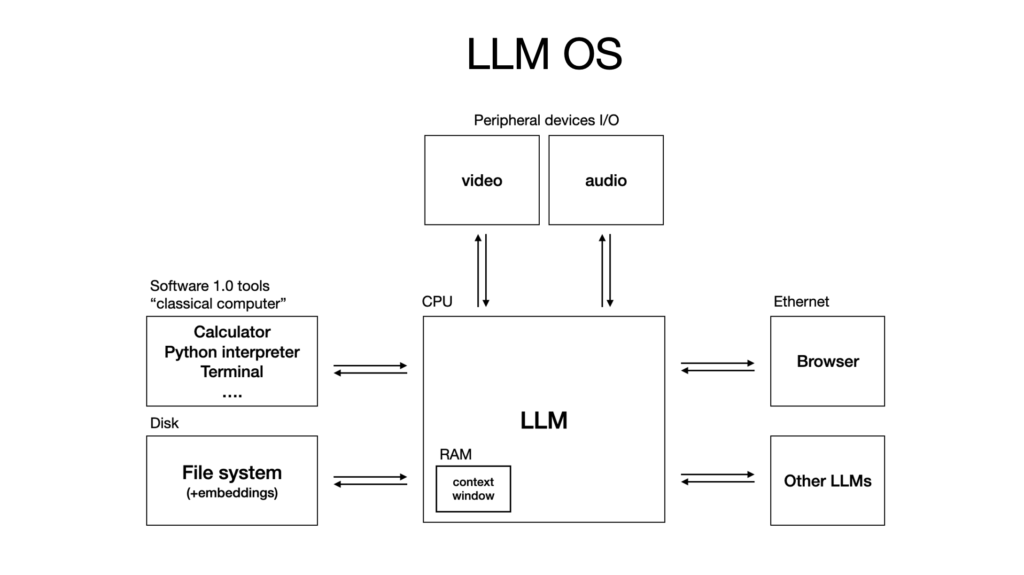
3. Back to the Future: The 1960s Time-Sharing Parallel
To reinforce the “LLM as OS” concept, Karpathy draws a striking parallel to the dawn of modern computing. The current AI landscape mirrors the mainframe and time-sharing era of the 1960s:
- Computing resources are expensive and centralized.
- Users access them remotely via “terminals” (chat interfaces).
- Compute power is allocated on a time-shared basis.
This historical lens reveals that while the technology is futuristic, its adoption pattern is familiar. We are at the genesis of a new computing platform, and the opportunities for foundational innovation are immense.
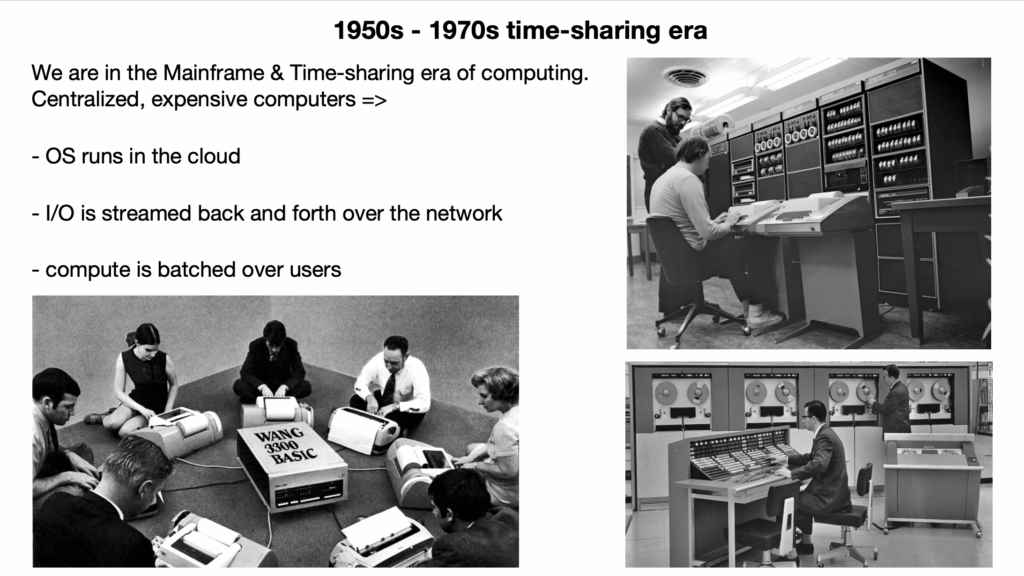
4. Understanding LLM “Psychology”: The Fallible Savant
To empower experts, we must first understand the nature of our tools. Karpathy vividly characterizes LLMs as “fallible savants” with a unique set of cognitive quirks:
- Hallucinations: They confidently invent facts.
- Jagged Intelligence: They can be superhuman at some tasks but fail at others that seem simple.
- Anterograde Amnesia: Their memory is limited to the context window.
- Gullibility: They are highly susceptible to prompt injection.
Acknowledging and designing for these “psychological” traits is essential for building reliable, safe, and effective AI-Native applications.
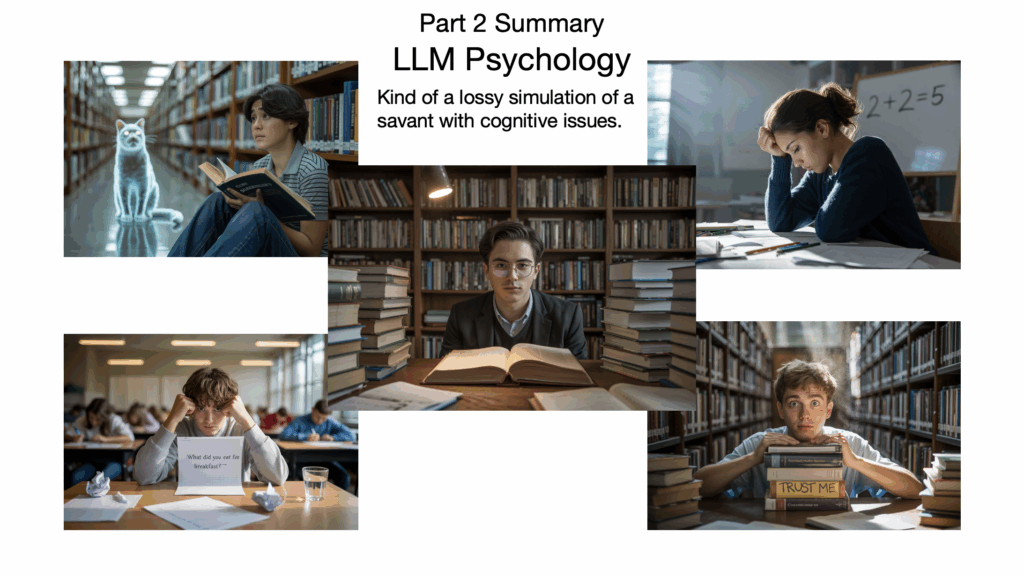
5. Partial Autonomy: The “Iron Man Suit” Product Strategy
Karpathy offers a clear direction for AI-Native product strategy: instead of getting lost in the hype of fully autonomous “robots,” focus on building “Iron Man suits” that augment expert capabilities.
The key is to create a highly efficient “AI Generation – Human Verification” loop. The true value of an AI-Native product lies in its UI/UX, which should make this collaborative cycle as fast and seamless as possible. The concept of an “Autonomy Slider”—allowing a user to dynamically control the level of AI intervention—is a perfect embodiment of this philosophy.

6. Build for Agents: The Next Wave of Infrastructure Modernisation
This is the most forward-looking and actionable call to action. If LLMs are a new class of “user,” our digital infrastructure must be modernised for them.
This means transitioning from “human-first” to “human-and-agent-native” design. Practical steps include:
- Refactoring Documentation: Replacing “click here” with executable cURL commands.
- Creating New Standards: Developing machine-readable files like llms.txt to provide explicit guidance to AI agents.
This highlights that true AI-Native modernisation extends beyond the application layer; it requires a fundamental overhaul of the underlying digital infrastructure to make it programmatically accessible to AI.
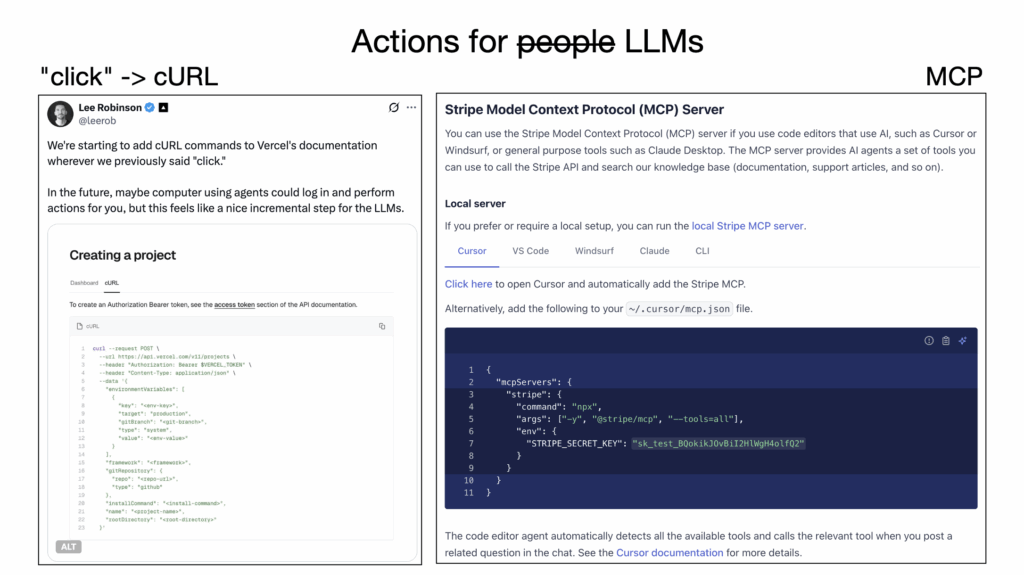
Andrej Karpathy’s presentation offers a compelling vision of the road ahead. The Software 3.0 wave is more than a technological update; it’s a new way of thinking that unlocks immense opportunities for innovation and reinvention.
This is the core of AI-Native Application Modernisation: it is not about adding AI features to existing software, but a fundamental reimagining of software architecture and human-computer interaction. It calls for building a new generation of partial autonomy products that truly empower experts, and for retooling our digital infrastructure to be natively understood by intelligent agents.
As Karpathy’s “Vibe Coding” concept so brilliantly illustrates, this revolution is democratizing the power to create in an unprecedented way. It dramatically lowers the barrier to software development, empowering every creative individual—from seasoned experts to passionate beginners—to turn their ideas into reality. This represents the monumental leap from simply digitizing existing processes to enabling everyone to become a ‘digitally native’ creator.
The future is here. Let’s build it together.
